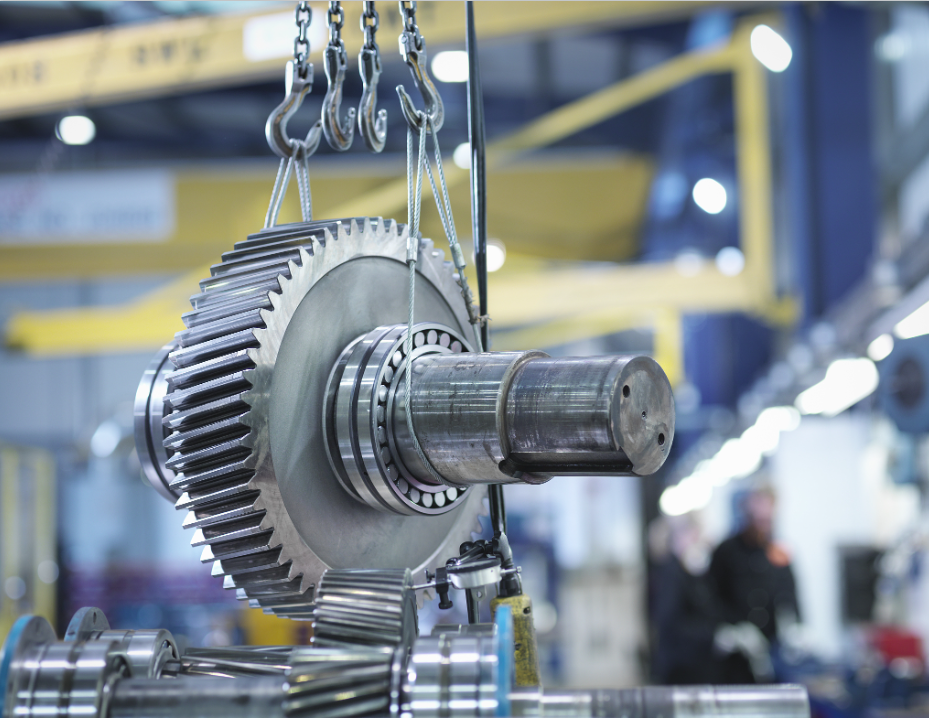Ductile iron is a high-strength cast iron material developed in the 1950s of the 20th century, its comprehensive performance is close to steel, used for casting some of the complex force, strength, toughness, wear-resistant parts with high requirements. The so-called “iron instead of steel”, mainly refers to ductile iron. Ductile iron is through the spheroidal graphite spheroidal and pregnancy treatment, effectively improve the mechanical properties of cast iron, especially to improve the plasticity and toughness, so as to get higher strength than carbon steel.
Ductile iron castings have been used in almost all major industrial sectors that require high strength, plasticity, toughness, wear resistance, resistance to severe thermal and mechanical shock, resistance to high or low temperatures, corrosion resistance, and dimensional stability. Ductile cast iron is available in many grades, offering a wide range of mechanical and physical properties.
Pearlitic type ductile iron, with medium-high strength, medium toughness and plasticity, high comprehensive performance, good wear resistance and vibration damping, casting process performance is good and so on. Can change its performance through various heat treatment. Mainly used in a variety of power machinery crankshaft, camshaft, connecting shaft, connecting rod, gear, clutch plate, hydraulic cylinder body and other parts.
Ductile iron is sometimes referred to as the “best of both worlds” metal, meaning that it has the strength of cast steel and the excellent corrosion resistance of gray iron.
Compared to gray iron, ductile iron has a definite advantage in terms of strength. Ductile iron has a tensile strength of 60k, whereas gray iron has a tensile strength of 31k. ductile iron has a yield strength of 40k, whereas gray iron does not show yield strength and eventually breaks. The strength-to-cost ratio of ductile cast iron is much better than gray iron. Ductile cast iron is the same as gray iron in terms of corrosion resistance.
Ductile Iron vs Cast Steel, The strength of ductile iron is comparable to that of cast steel. Ductile iron has a higher yield strength, with a minimum yield strength of 40 k compared to cast steel’s 36 k. In most municipal applications, such as water, salt water, steam, etc., the corrosion and oxidation resistance of ductile iron exceeds that of cast steel. Due to its spherical graphite micro-structure, ductile iron is superior to cast steel in its ability to dampen vibration, and is therefore more conducive to stress reduction. An important reason for choosing ductile iron is its lower cost than cast steel. The low cost of ductile iron makes this material more popular, more efficient to cast, and reduces the machining costs of ductile iron.

